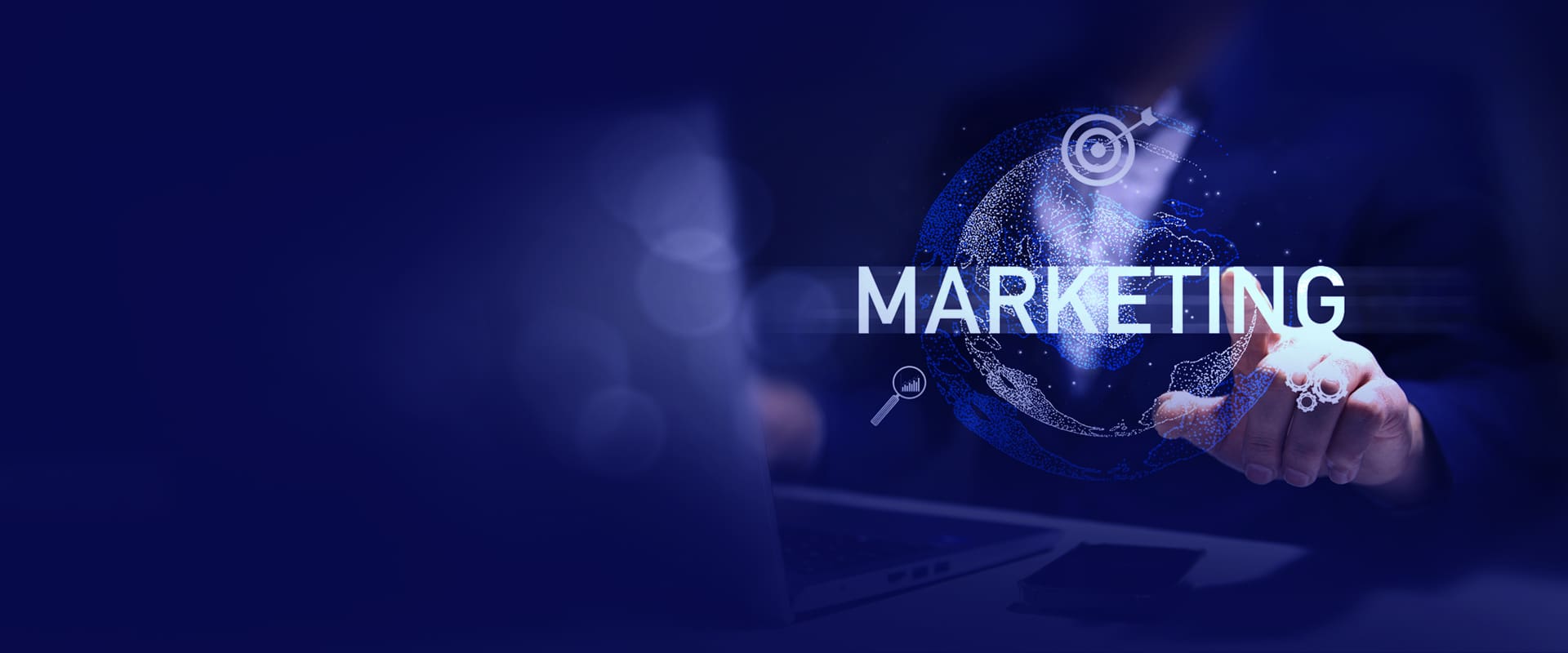

Digital technology is what the businesses of this age look up to when marketing products or services. The presence of the internet combined with innovative forms of marketing make digital technology a powerful source for the growth of any company or business.
Digitization has given rise to digital marketing, which we are all quite aware of. Promoting goods and services has gone digital using online platforms with more contemporary marketing techniques like Search Engine Optimization (SEO), social media marketing, affiliate advertising, e-newsletters, email marketing, etc. Going beyond and wider, marketers have found new ways to reach their audience in the most hyper-personalized way and engage with them more meaningfully.
The marketing methods have gradually changed, and in 2022, the think tank behind a brand must produce and deliver something different, something new, something out of the box to the consumers to stay ahead of its competitors.
What is digital technology?
We have all been quite familiar with the term ‘digital.’ But what is the origin of the term, which creates a lot of buzz? The word ‘digital’ originates from the Latin word ‘DIGITUS,’ meaning ‘FINGER.’ The finger was one of the oldest ways or tools used for counting. We live in a digital world where we start and end our day using technology, social media, or electronic devices.
Digital technologies are tools and systems that generate, store, and process data. It could be through computers, mobile phones, online games, social media, or digital money such as cryptocurrency.
Digital technologies are making waves and will only get more advanced in the future. Businesses and organizations are no exceptions as even they want to have the presence of digital technologies to take their company to a higher level.
Prime Examples of Digital Technology:
Websites
The World Wide Web! We have come a long way since the birth of the first website. We are over-dependent and ever-reliant on websites for everything from banking to education to shopping to groceries, video streaming, entertainment, music, etc. So, businesses are shifting their marketing budgets from traditional marketing to digital and experiential marketing.
Smartphones
Everybody uses a smartphone worldwide. Okay, let’s rephrase it this way. Life revolves around a smartphone these days with every element that makes a human’s day more convenient and practical. Why? Because it is loaded with a camera, map, calculator, utility apps, tech-based features, wallets, contact details, etc. So, no more hunting for physical presence while the metaverse may completely phase off the importance of physical connection.
Chatbots
Imagining a person who asks just the right questions and gives answers too without you uttering a single word! That’s a Chatbot! It is a program code that automates conversation with a user. Some of these are AI-powered chatbots that help businesses build personalized conversational trees depending upon the user demographics or behavioral activity.
EBooks
Are you an avid reader? Technology has transformed the overall experience and convenience of accessing a book of any kind. It is not only limited to personal consumption and interests, but it’s also a source of information that enables knowledge to be transferred from the company to its clients and drives leads to any business.
The evolving technology trends and innovations prove that marketing and technology have a close partnership that helps consumers in many ways.
A handshake between evolving marketing needs and modern technology
So, how are businesses integrating some of the technology solutions for marketing to leave a lasting impression?
Unified Omnichannel Experience
Today’s consumer is smart to consume various channels before buying or converting. Therefore, a business needs to think beyond just the outreach. The challenge is about giving personalized and contextual experiences across all touchpoints, including digital and physical.
With innovative marketing solutions, businesses need to stay attuned and leverage them for an edge over their competition. Experience management platforms like Adobe Experience Manager, Sitecore Experience Platform, HubSpot, and Contentstack help brands in managing their content assets at ease and give a unified omnichannel experience to their consumers.
Personalized & Contextual Messaging
Amidst the reducing attention span of a user which is limited to 8 secs or less, today’s consumers expect hyper-personalized, tailored, and contextual messaging across all platforms. To do that, marketers use advanced data collection platforms that collate users’ omnichannel historical interactions, demographics, past transactions as well as current lifecycle status to deliver relevant messaging.
Automated Workflows
Marketing today is not limited to blasting one common brand’s ads to consumers. It involves nurturing users from awareness, consideration, and conversion to the advocacy stage. This includes repetitive tasks but with different messaging at each stage. That is where automated marketing solutions play an important part in setting up automated workflows for every user segment and buyer journey stage across all digital channels. Marketing automation platforms like HubSpot, Adobe Experience Manager, Marketo, Salesforce, and Mailchimp are some of the effective automated marketing platforms that are helping businesses in executing contextual campaigns and increasing returns.
Measuring & Optimizing Impact
The best use of collected data using sophisticated technology platforms clubbed with marketing intelligence that unifies insights helps marketers measure impact and predictive insights. Businesses are making huge investments in a data analytics platform to collect and use this data in a meaningful way. Right from small, to mid-sized to large enterprises, marketers have a range of analytics platforms like Google Analytics, Adobe Analytics, Mixpanel, Heap, SEMRush, etc. The platforms may vary based on impact type such as Social Media Ads, Social listening, business intelligence, overall digital marketing analytics, etc.
Conclusion
The study finds that global digital transformation spending will reach 2.8 trillion US dollars by 2025 compared to 1.8 trillion US dollars in 2022. The existence of digital technology for marketers will only get better and better in days to come, with brand marketers looking to engage with consumers in the most personalized and seamless way possible
Revitalize UI/UX for a game-changing experience with The Higher Pitch!
Related blogs

Let’s start a brand-new story!



